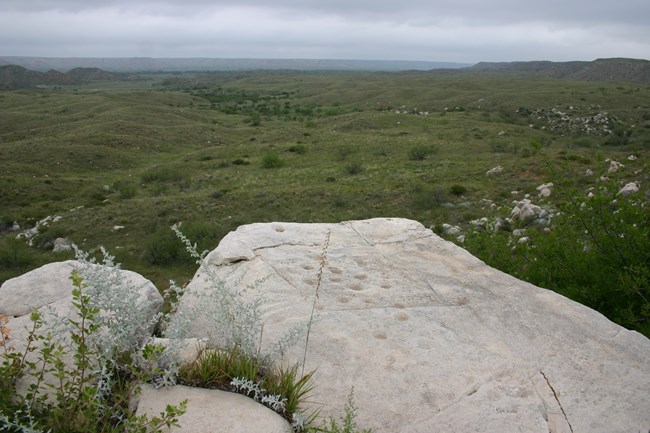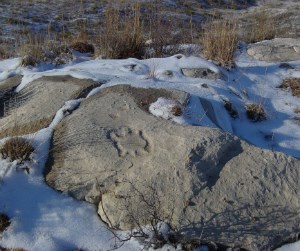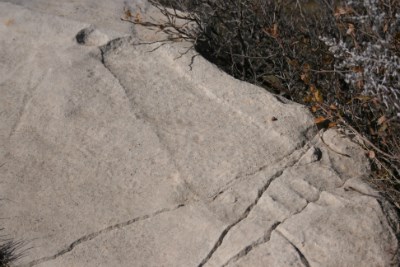
NPS Photo Etched In Stone Perched at the edge of the mesa at the Antelope Creek Village site, visitors are treated to sweeping views of the surrounding mesas and valleys. Atop several of these elevated formations, centuries-old petroglyphs carved by the Antelope Creek People offer a captivating glimpse into the past. Among the many archaeological treasures, the petroglyphs at Alibates Flint Quarries stand out—intricate designs of animals, humans, and symbols, each believed to hold profound cultural or spiritual meaning. 
NPS Photo Nestled in the Texas Panhandle region lies the Alibates Flint Quarries National Monument, a site of immense historical and cultural significance. Beyond its natural beauty and geological wonders, the monument is home to a remarkable collection of petroglyphs that offer a glimpse into the ancient past. Carved by the Antelope Creek People, these intricate rock engravings serve as a testament to the rich cultural heritage of the area. 
NPS Photo Petroglyphs were of artistic significance to the people who created them. To many indigenous cultures, these carving were much more than art. Many cultures used petroglyphs to leave messages such as trail signs and tribal boundaries. Cultures around the world have been known to grind depressions in stone to obtain a powder which would serve as a dietary supplement for sources of magnesium, calcium, and iron. 
NPS Photo The process of making these rock carvings involved techniques called pecking and grinding. This process required using hard rocks as hammers and chisels. Flint flakes were used as tools to create these ancient etchings. Petroglyphs are found worldwide and are often associated with prehistoric peoples. |
Last updated: June 11, 2025
